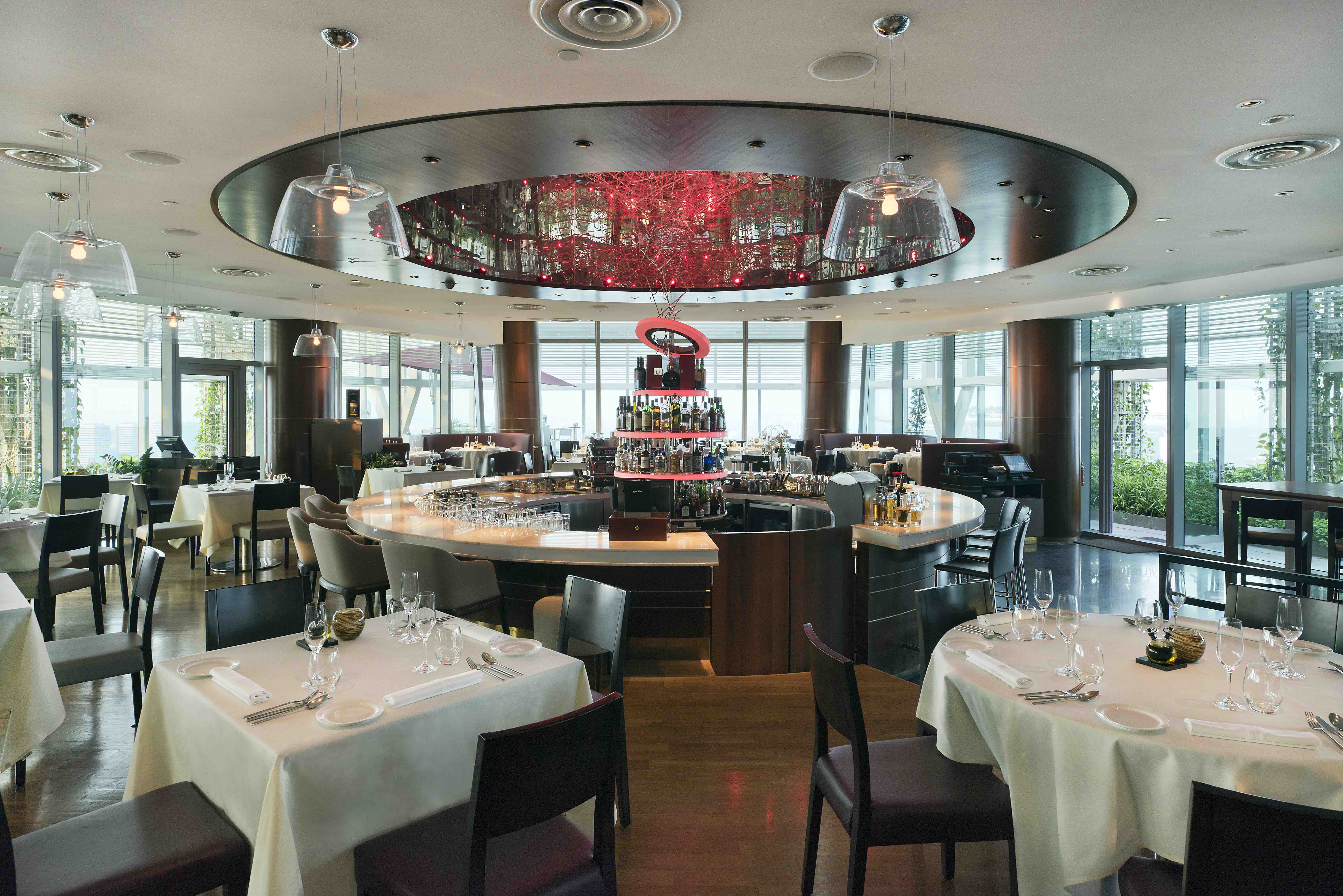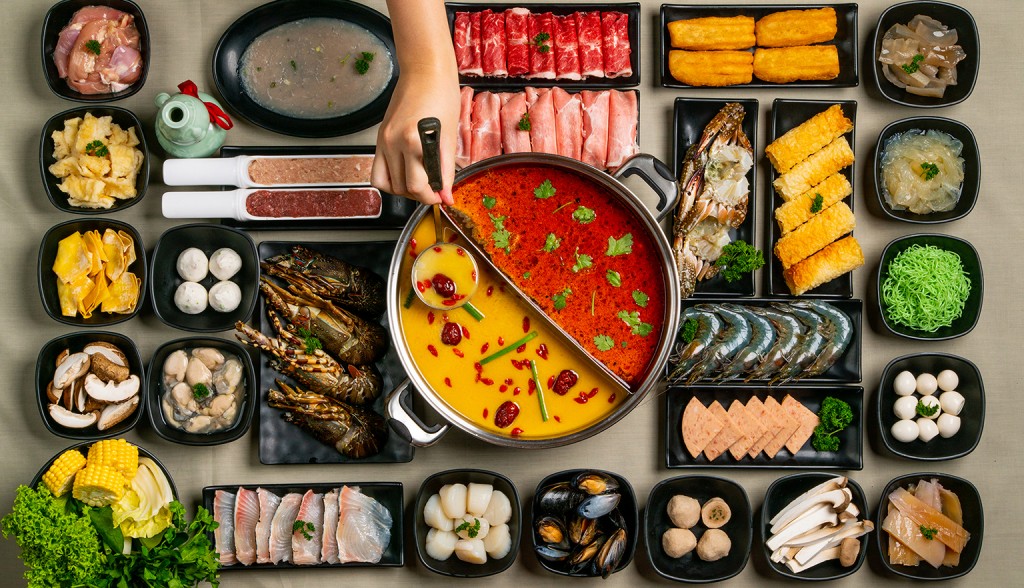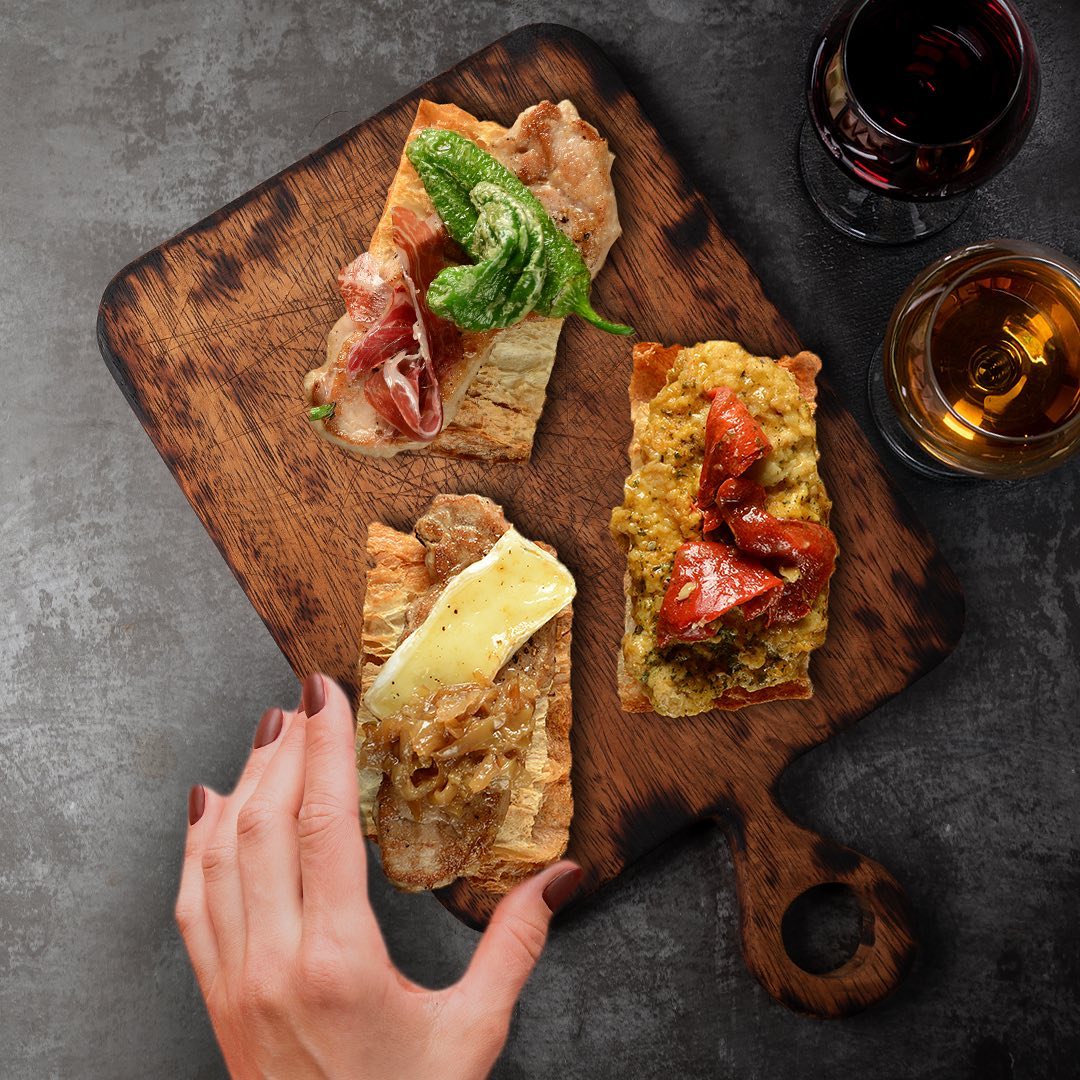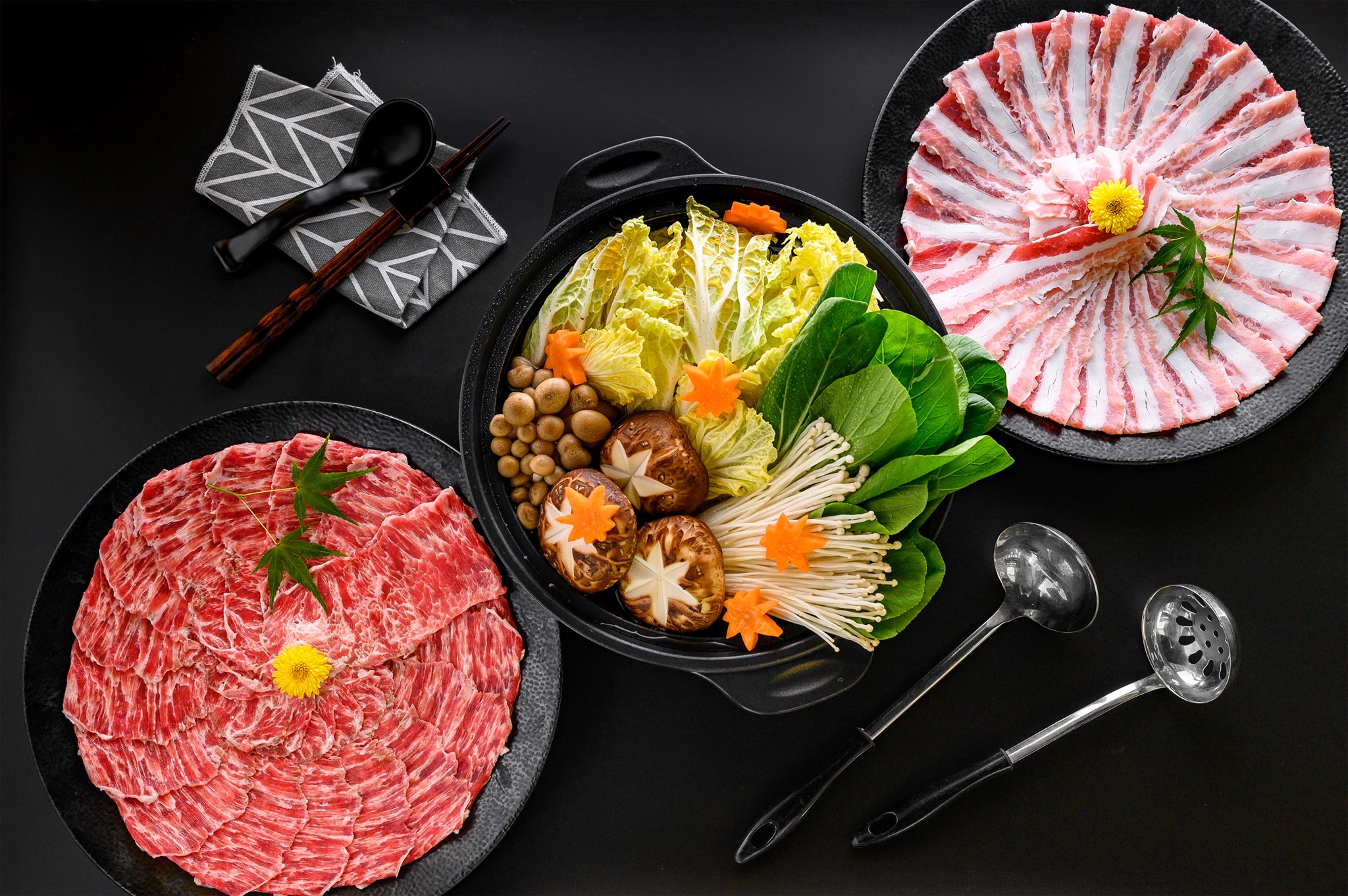Singaporeans love calling themselves foodies and pontificating about how they live, breathe and obsess about food. So why aren’t our local chefs treated like rock stars? Why are we being overshadowed by other Southeast Asian cities? Why do none of our San Pellegrino restaurants serve local food? To get to the bottom of this, we speak to chefs, restaurateurs and some San Pellegrino panelists and come up with some possible reasons.
Local chefs tend to stay local
Yes, there’s been a bit of noise over Singapore chefs like Shen Tan and Willin Low. But international exposure for local celeb chefs “is very lmited. Somehow the ones that get exposed are the same big name [international] chefs,” according to Emil Halim of East 8, a fusion New-York style bistro with modern Asian plates. It’s really only the likes of Cut, db Bistro, Pollen all run by foreign and/or international celeb chefs that get written up in regional magazine. “It’s necessary that the mind sets of consumers be more open to the idea that a local chef is capable of surpassing their foreign counterparts. Local talents just haven’t been given the opportunity,” says Leong Khai Git of Dibs, an independent Asian-tinged small plates restaurant.
Most cool restaurants are corporate projects
A huge chunk of the new restaurants we’ve written about in recent months are owned by the same two or three restaurant groups. The Unlisted Collection have places like vinyl bar LongPlay, bistronomy degustation-based eatery Sorrel and smokehouse Meat Smith. While Les Amis Group also recently unveiled affordable omakase place Sushi Jin and the Spanish restaurant La Taperia. On one hand, that’s not necessarily a bad thing. Diners get cool, new places to play at, and local talents get to work up the ladder without risking the cash. But it does mean that small, chef-owned restaurants struggle to be seen.
It also means that we’re importing “restaurant concepts” rather than incubating home-grown ideas and inspiration. “Most people don’t know that a restaurant that seems boundary-pushing has been done in another big city before,” says Raymond Lim of Les Amis, “Groups like Unlisted Collection are great at looking at trends in places like London and New York to transplant concepts here.”
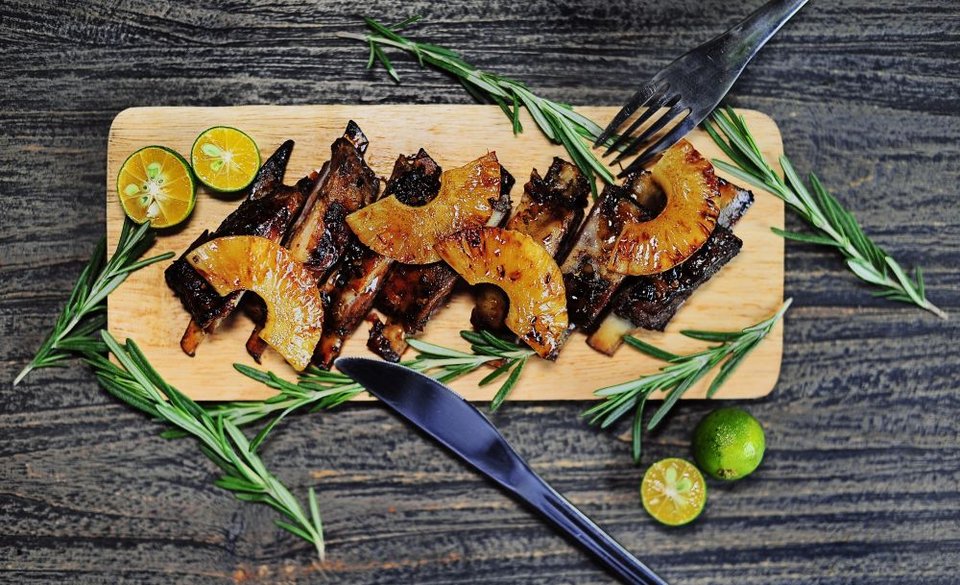
East 8
Mod Sin hasn’t taken off
Importing sexy restaurant ideas means we’re not nourishing local flavors and cuisine. In Bangkok, Thai cuisine has had a renaissance in the city’s fine dining restaurants and chef-owned, mid-range hipster establishments. Four of the six Bangkok restaurants on the San Pellegrino list serve Thai food. But there’s no such momentum in Singapore. “It’s very hard to define what exactly Singaporean cuisine is. Many people believe it is an influence or buffet of cuisines from around Asia,” says Han Liguang of Labyrinth, an independent gastronomic restaurant doling out Mod Sin dishes.
Last year, it seemd like Modern Singaporean, or Mod Sin, would be the cuisine we could rally around, with places like Ujong, Labyrinth and Wild Rocket championing the idea. “What we need is time to develop [Mod Sin] further and have individuals and corporate showcase our food to the world,” says Chung Deming of The Quarters, a cafe known for its durian creme brulees. Not surprisingly, it’s going to take more than gimmicky dishes like beef rendang burgers and bak kwa mac n cheese.
Diners think local can’t be fancy
“I get mixed feelings when customers tell me that they are surprised that my food surpasses their expectations. But it makes me question: why the lower expectations?” says Leong Khai Git. It seems like unless a restaurant has a pedigree, we’re pretty unwilling to fork out our hard-earned money for lesser-known (and often local) restaurants.
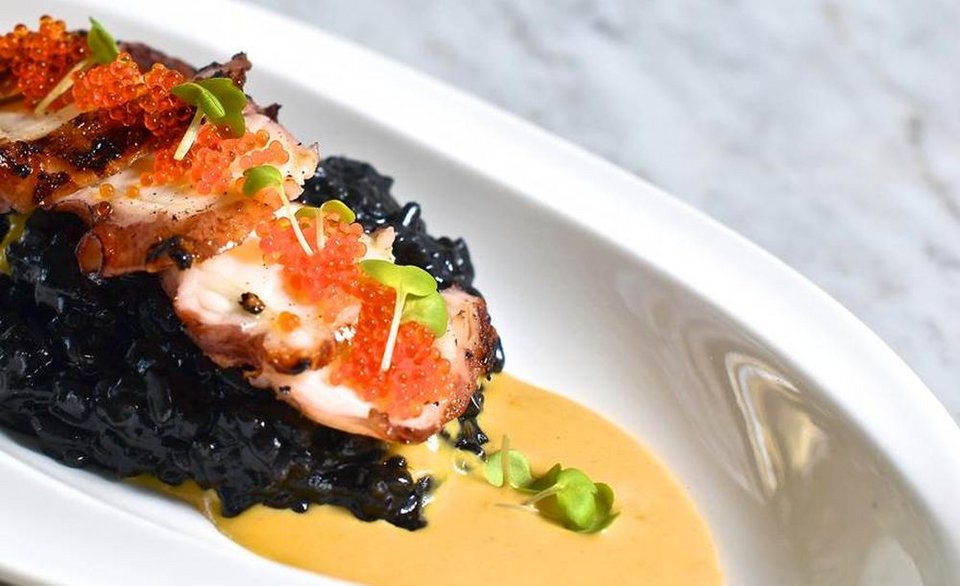
Morsels
Because, of course, everything is expensive
As more hoods become “up-and-coming” fewer areas remain within the reach of budding restaurateurs. We’ve heard of kopitiam uncles handing over their Tiong Bahru coffee shops in favor of kicking back and relaxing while rental money pours in. And rent is just the beginning of the problem. “The labor crunch is definitely an issue,” says Han Liguang. “But the main challenges including finding a supplier on the same wavelength as we are supplying niche and fresh produce. We even have difficulty finding the right form of serviceware to serve our dishes on.”
Everyone’s playing it safe
“The market here is fairly faddish. One second everyone is chasing tapas and then something else. There aren’t many new local restaurants by local chefs,” says Petrina Loh and Brian Chia of Morsels, a small plates restaurants pushing out Western dishes with a twist. Most insiders agree, local chefs don’t dare to push boundaries whether it’s because of customer feedback or lack of special produce. “The real question is do I think local consumers take enough risks and push the boundaries in not just the high-end restaurants, but also the coffeeshops?” asks Jeremy Nguee of Preparazzi, a catering company. While Jason Tan of Corner House, a fine dining restaurant focused on seasonal vegetable produce cites other reasons, “Today’s young chefs need to work harder, to delve deeper into the craft and learn culinary processes instead of seeking quick gratification.”


